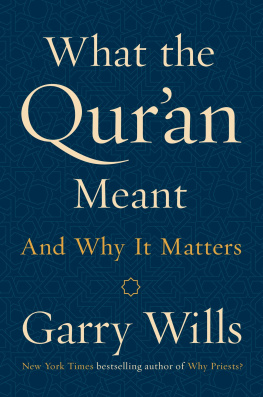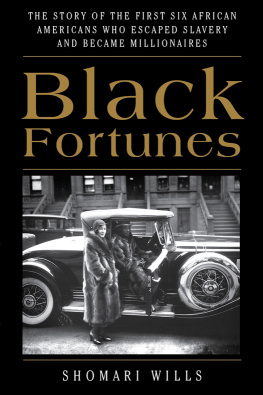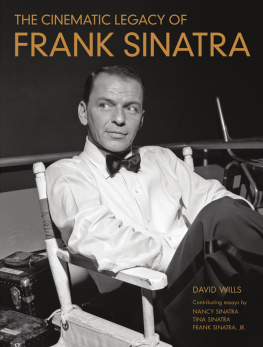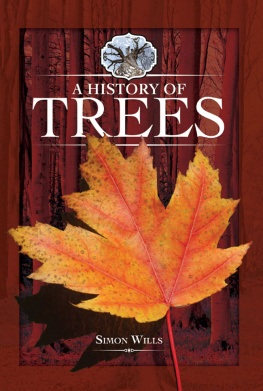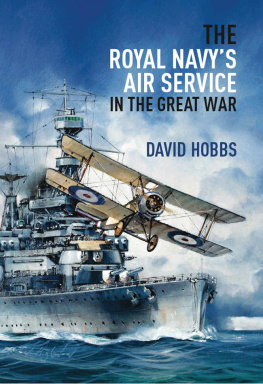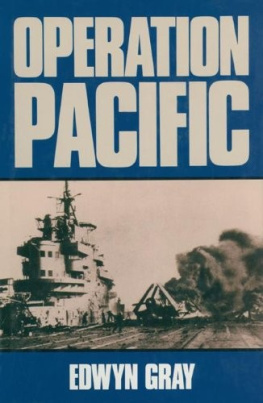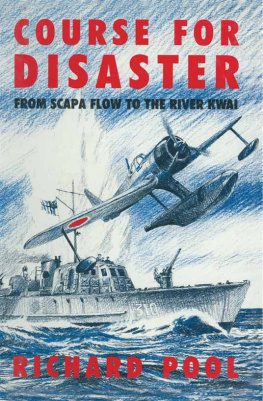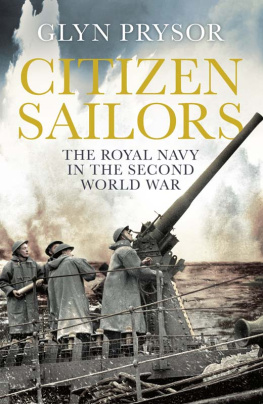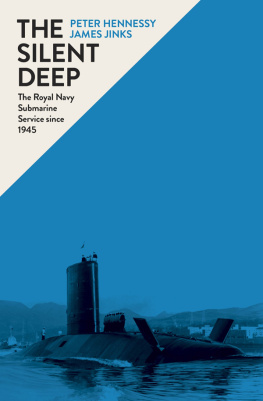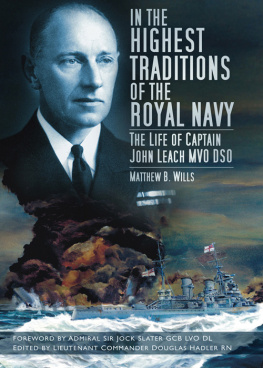To my wife, Julia Ryan Wills, the bravest person I have known.
And to the memory of my father Jesse Ely Wills who sowed the seed for this book on my seventeenth birthday by giving me a thin volume by Captain Russell Grenfell RN, entitled The Bismarck Episode.
C ONTENTS
HMS Prince of Wales
I wish to acknowledge the gracious permission of Her Majesty Queen Elizabeth II to use two quotations from the diary of King George VI, her father, which appear at the end of Chapter VIII.
I am forever grateful to all those who have helped me to write this book. More than anyone my father, Jesse Ely Wills, encouraged my enthusiasm for the Royal Navy during my formative years. In 1940 he began buying the current edition of Janes Fighting Ships founded in 1897 in London by Fred T. Jane. I was allowed to browse the pages of what was then the definitive reference book in the world on fighting ships. On page 36 of the 1941 edition of Janes there is an impressive drawing of a battleship built by Cammell Laird & Co. Ltd at Birkenhead. It was my earliest encounter with HMS Prince of Wales. Later my father encouraged me to read the works of C.S. Forester with their stirring accounts of fictional Royal Navy Captain Horatio Hornblower. My admiration for the Royal Navy soared. On my seventeenth birthday he gave me a slender book by Captain Russell Grenfell RN entitled The Bismarck Episode. It occupies a special place in my library and is among my most cherished possessions. On page 53 of Grenfells book there is an unforgettable account of a 15-inch shell hitting the bridge of HMS Prince of Wales. It was my introduction to Captain John C. Leach.
I do not have a naval background from the standpoint of service; however, through my wife, Julia, I am blessed with family connections to two graduates of the United States Naval Academy at Annapolis. One is Julias father, Commander Philip H. Ryan, whom I knew for almost 25 years. The other is Julias brother, Ensign Philip H. Ryan Jr, a man I only knew through Julias eyes. Both were true Virginia gentlemen and both were officers and gentlemen in the best traditions of the US Navy. Ensign Ryans life was cut tragically short. On 3 August 1956, in the skies over the Naval Air Station at Corpus Christi, Texas, Philips T32 jet trainer collided with another aircraft. Philip and his flight instructor both ejected. Philip did not survive. The flight instructor lived, but could never bring himself to communicate with Philips parents or his sister. The examples of these two naval officers have given me a deep appreciation of the commitment and sacrifice that are expected of Annapolis graduates and all those who have passed out of Britannia Royal Naval College, Dartmouth.
On 25 January 2008 I wrote to Admiral of the Fleet Sir Henry Leach, GCB, DL to inform him that I was considering the possibility of writing a book about his distinguished father. Some may feel that I was presumptuous for a number of reasons: I am not British; I am not an academic historian; I do not have a naval background. Sir Henry was undismayed. On the contrary, he has helped me in every conceivable way. Amongst other things, he has shared his fathers scrapbooks, letters and photographs. He has provided me with copies of his fathers confidential reports, which the Royal Navy never releases to anyone except next of kin. Sir Henry has patiently answered a thousand and one written questions and after I had completed a rough draft of the manuscript, he went over it with me, page by page, correcting errors and suggesting various points that needed clarification. While Sir Henry has extended every courtesy to me that I could ever want, he has never in the least infringed on my prerogative to write this book in the light of historical truth as I have gleaned it. I am forever grateful to him. I am also grateful to Admiral Sir Jock Slater, GCB, LVO, DL, who generously offered to write the Foreword after reading the manuscript.
The research that went into this book is difficult to quantify; I could never have done it alone. For many months Lieutenant Commander Douglas Hadler has been my principal researcher in the UK. He has proven himself a conscientious and resourceful researcher and possesses tactfulness that far exceeds my own. In his case it has opened doors that may well have been closed to me. I will always be grateful to Douglas for his research.
Both Douglas Hadler and I have received kindness and encouragement from the vast majority of the individuals whom we have contacted in England. I wish to acknowledge the following for their help or their interest: Liza Verity, Information Specialist with the National Maritime Museum; Lieutenant Commander Brian Witts MBE, Curator HMS Excellent Museum; the late Dr. Colin S. White FSA FR HistS RNR, late Director of Royal Navy Museum; Captain C.L.W. Page MA C Eng FlMech E Royal Navy, Head of the Naval Historical Branch (Naval Staff) Ministry of Defence; R.W.A. Suddaby, The Keeper of the Department of Documents, Imperial War Museum; Ian D. Proctor, Curator, Photograph Archive, Imperial War Museum; S.J. Offord, Archive Assistant, Department of Documents, Imperial War Museum; Miss Pamela Clark, Registrar, The Royal Archives, The Round Tower, Windsor Castle.
Two individuals at Britannia Royal Naval College, Dartmouth, have been both gracious and helpful. Dr Jane E. Harrold is Archivist and Deputy Curator of Britannia Museum. She spent untold hours searching old issues of Britannia Magazine for information on Cadet John C. Leachs academic and athletic achievements. Richard Kennell is the erstwhile distinguished librarian for Britannia Royal Naval College, a position he held for over 30 years. Without any introduction I recently rang him up and rather presumptuously asked him if he would look up the precise wording of a famous quotation by a great figure from the Colleges past. He readily consented to do so. I wish to thank Mr Kennell for his kindness and I contritely apologise for my brashness.
Captain John A. Coiner, US Navy (Rtd) graduated from Annapolis a few years ahead of Julias brother, Philip. He has provided me with detailed information on the movements of USS Augusta on her China Station in the period 193638. In those years Augusta had frequent contact with HMS Cumberland; their captains undoubtedly knew one another. The British captain was John C. Leach. Jack Coiner also discussed with me a tradition of both the US Navy and the Royal Navy of which until very recently I had been unaware, that at sea in naval vessels of destroyer/frigate size and above the captain ordinarily dines alone. I wish to express my appreciation to Jack for his research and for his consistent willingness to help.
Many books that I have used as sources are out of print, some for decades. A large percentage of these books came from the UK. Two books were only available in Australia. Doug Clausen, who with his wife, Pam, owns an intriguing used and rare book store in Colorado Springs, has never failed to find the book that I had asked him to track down. I am grateful to Doug for his diligence on my behalf.
I want to express my deep appreciation to Donna Kwiatkowski for deciphering my hardly legible handwriting and for repeatedly typing revisions of my manuscript. She surely deserves an inscribed copy.
In the autumn of 2010 Douglas Hadler took on the responsibility for becoming my editor and my chief liaison with The History Press. The key figure at The History Press is Shaun Barrington. I have admired Shaun from afar and suspect that he has done far more for me than most publishers ever do for their authors. Douglas Hadler has proved to be indispensible in his new roles.
To my daughters, Carter, Aurelia and Ellen, I want to say that you have encouraged me more than you know. To our eight grandchildren, I want to say that each of you will receive an inscribed copy of this book and I hope that it will stimulate your interest in British history. One of our grandchildren, Miles, is already an Anglophile. He lives with his parents, Aurelia and Thaddeus, an older brother Stewart, and an older sister Jessie, in Saint Paul, Minnesota. On display in Miless room are a large Union Jack, a photograph of Captain Leach and in a framed case a Royal Navy bosuns call with a silver chain, which was a gift to him from Admiral of the Fleet Sir Henry Leach.
Next page

